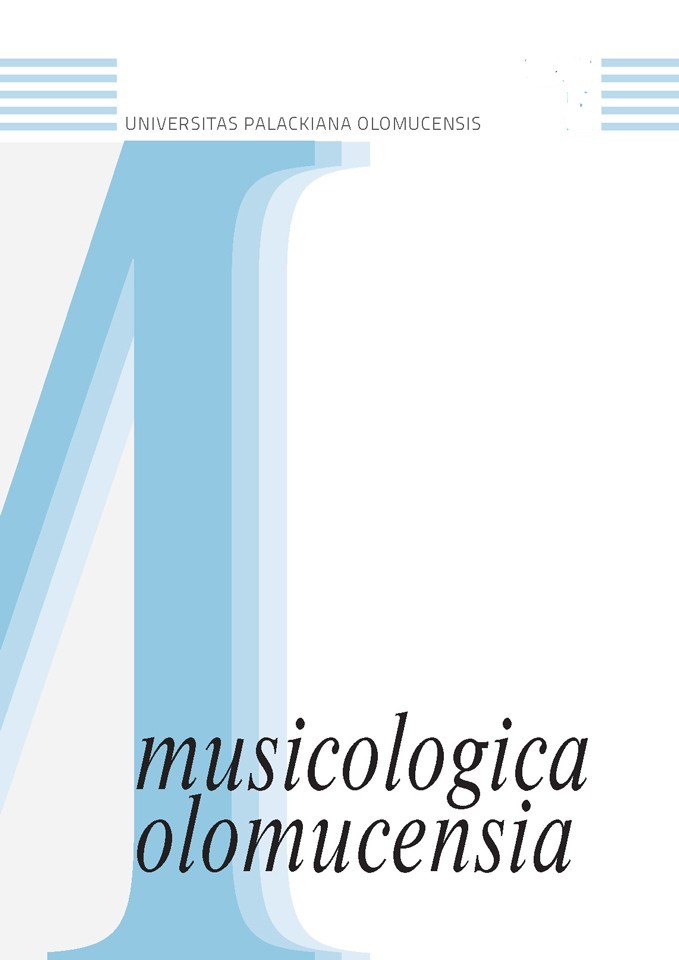Vliv moderních technologií 20. století na hudební dílo a jeho autorskoprávní ochranu
The influence of 20th century modern technologies on musical work and its copyright protection
Author(s): Václav KramářSubject(s): Music, ICT Information and Communications Technologies, Sociology of Art, Sociology of Law
Published by: Univerzita Palackého v Olomouci
Keywords: Copyright; copyright protection; music work; internet; live electronic music; new music;
Summary/Abstract: The technologies of the 20th century represent an important milestone for the concept of musical work in history that concerns not only music composition itself but also its conservation and transmission. It might have been in the field of music composition that these tendencies have become apparent first - in the construction of first electronic musical instruments; the integration of civilization, primarily non-musical sounds into classical music compositions; and after World War II, also in the new composition methods that record media started employing (e.g. magnetic tapes used for sound collage or phase shifts); furthermore, in the algorithmic composition mathematical formulae and computers applied (as digital support for the restoration of music scores or even as the proper creator of the composition that the computer either reproduces or conveys its graphical notation) or so-called live electronic music (in the sense of the flexibility of technical operations during live performances - reproductions of the work). However, computer music has also brought up new questions on the conception of the work of art and the scope and definition of music itself. These specific traits of so-called new music from the point of view of copyright are the subject of the Appraisal of the Institute of Copyright, Industrial Property and Competition Law of the Faculty of Law of Charles University (abbreviated Appraisal UPAPP) that reflects on the works of electronic and experimental music. The study also touches on the possibilities of mass distribution of works, mainly related to the Internet and the development of new digital media with which can help to preserve (or fixate) and distribute recordings. These relatively new digital platforms and formats are on the one hand a way to liberalise and shift the distribution of music. On the other hand, they mean some flattening of the quality (technical and content) and a corresponding sharp increase in the quantity of recorded music. These aspects are also reflected in copyright law, where they have caused an increase of the specific problems related mainly to illegal distribution of musical works. Copyright law already regulates so-called indirect means of copyright protection (e.g. § 43). In the future, today's strategy of no responsibility for what content customers are offered on the side of website operators is threatened, since the advocates of stricter protection promote new harsher laws, for example liability of owners and operators of Websites for their content and trying to de facto introduce some form of Internet censorship.
Journal: Musicologica Olomucensia
- Issue Year: 19/2014
- Issue No: 1
- Page Range: 59-78
- Page Count: 20
- Language: Czech

